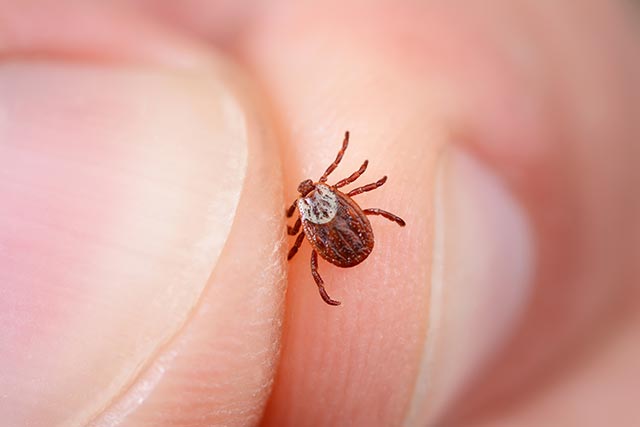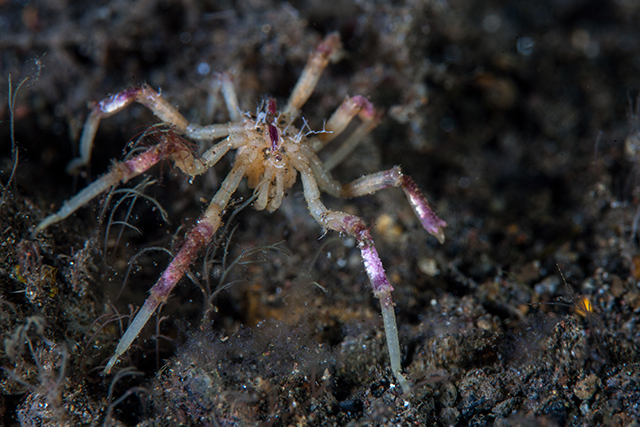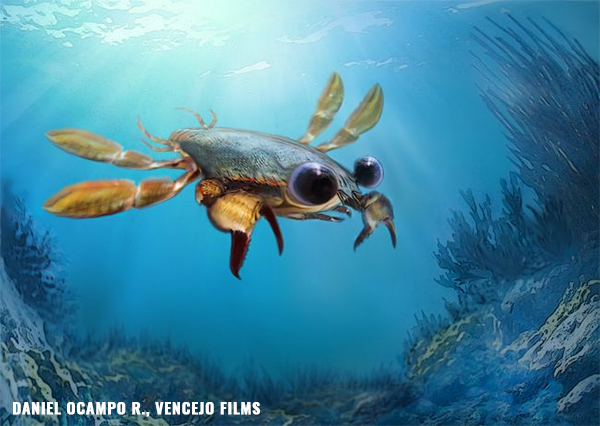
Many food products are packaged in plastics like polyethylene terephthalate (PET), which is commonly used for bottles so that they can be protected from contaminants. This new material that the researchers produced is said to work even better than PET in keeping food fresh. They were able to produce this material by suspending chitin from crab shells and cellulose from trees in water and then alternately layering them on top of each other. The end product is a flexible, strong, transparent, and biodegradable material.
Cellulose and chitin are two of the most common natural biopolymers in the world. Cellulose is a polymer made of a long and repeating chain of glucose molecules. The presence of this polymer in the cell walls of the plant makes them strong and stiff. Meanwhile, chitin is a polymer found in the exoskeleton of arthropods, like crabs and lobsters. It is formed from a long chain of N-acetyl-glucosamine, which is a monosaccharide derivative of glucose. The researchers decided that it would be best to use these two components in alternating layers since cellulose nanocrystals are negatively charged while chitin nanofibers are positively charged, making the interaction between the layers stronger.
One of the most important things to consider when it comes to preserving food is the amount of oxygen that passes through the material. When oxygen is introduced to the food, it can speed up spoilage through different mechanisms. One of these is by promoting the growth of microorganisms that degrade the food. Aside from this, oxygen also promotes enzymatic activity and could induce oxidative damage to lipids.
Unlike normal plastics, which have high amounts of non-crystalline components, this material has a solid crystalline structure that makes it hard for oxygen to pass. Comparing the new material with PET, they observed a 67 percent reduction in oxygen permeability. This means that the new material could be better than PET in storing and preserving food.
Although more studies are needed, this material already shows great potential as an environmentally-friendly plastic substitute since it is more effective at preservation. Aside from this, its components are also abundant and easily available. The development of this material is a big step towards solving the plastic problem. (Related: The plastic pollution problem is wide AND deep: Study finds sea animals from the deepest parts of the ocean, 7 miles down, have plastic in their stomachs.)
Harmful components of plastic
The creation of an environment-friendly material will not just help the environment, it will also be beneficial to humans since plastic contains compounds that are also harmful to humans. These compounds include:
- Polyvinylchloride – This plastic ingredient is commonly found in food packaging, cosmetics, pacifiers, and toys, which is very unfortunate since this has been linked to the development of many diseases. Some diseases linked to polyvinylchloride exposure are cancer, birth defects, genetic mutations, and liver dysfunction.
- Phthalates -- Phthalates are identified as endocrine disruptors, which means that they alter hormone production in individuals. This could lead to infertility, cancer, and an impaired immune system.
- Bisphenol A -- To make plastics stronger, bisphenol A is commonly added to them. Similar to phthalates, bisphenol A is also an endocrine disruptor, which is why it can cause weight gain and hormone imbalance.
Learn more about eco-friendly plastic-like materials being developed to help combat plastic pollution by visiting Pollution.news today.
Sources include:
Please contact us for more information.




















